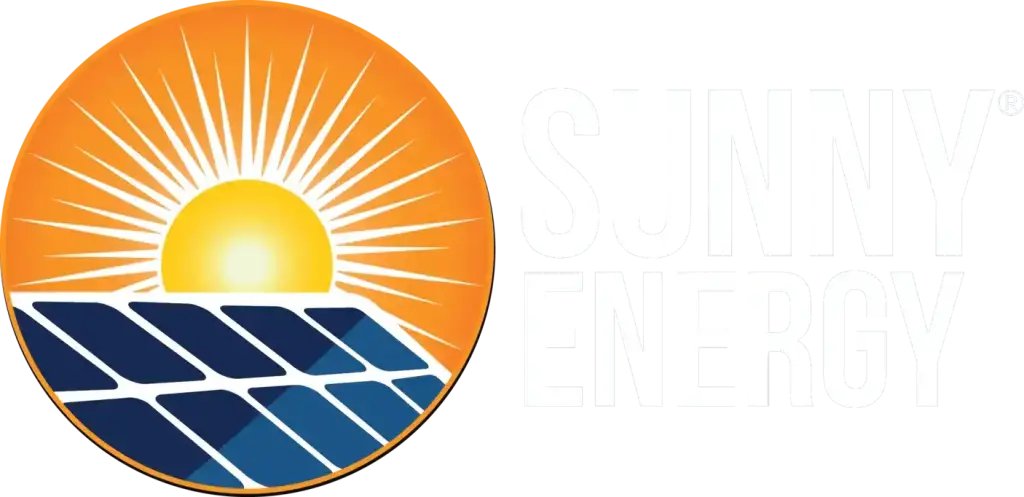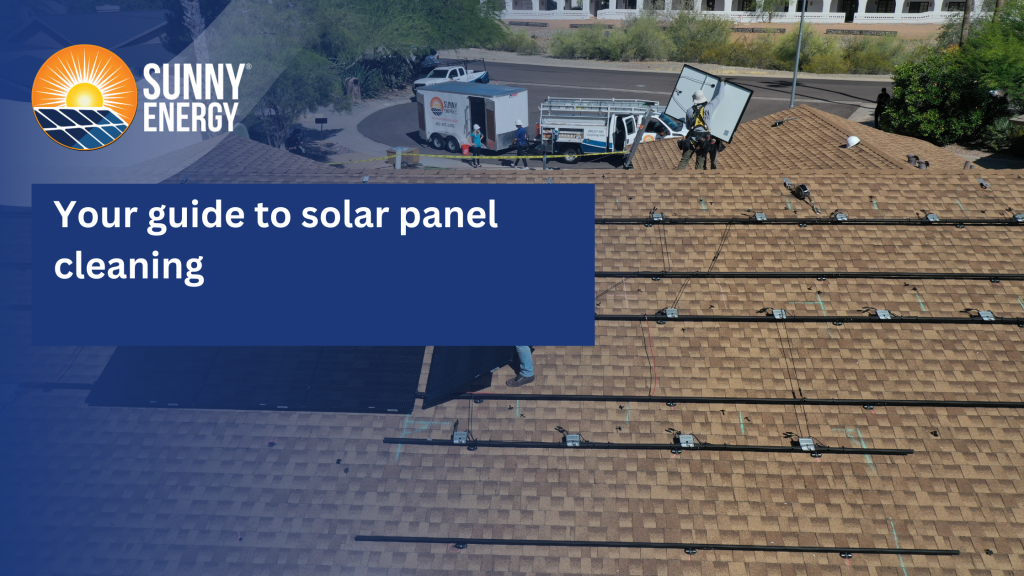In our rapidly evolving world, the need for efficient energy consumption has become more critical than ever. As we strive to balance our growing energy demands with environmental sustainability, innovative solutions are emerging to help us manage our electricity consumption wisely. One such solution is time-of-use (TOU) billing, tou meaning and its concept holds the potential to not only reduce our carbon footprint but also cut down on electricity costs through a solar installer.
In this blog post, we will delve into the tou meaning how it works. We will also talk about on-peak and off-peak electricity hours and steps to take for cheapest electricity with time-of-use billing.
TOU meaning
Time-of-Use is a billing method that charges consumers different rates for electricity based on the time of day, days of the week, or even seasons. The aim is to encourage consumers to shift their energy consumption to periods of lower demand, promoting a more balanced and efficient use of resources. TOU meaning reflects the fact that electricity costs can vary throughout the day due to changes in demand and supply. But, please keep in mind that utility companies design TOU rates to encourage use of energy at times of low use across the grid, and to discourage use of energy at times when everybody needs it the most. Consumers should beware since the penalty of not following some basic rules is very high costs!
How does time-of-use work?
Time-of-Use billing typically divides the day into different periods, each associated with a specific pricing tier. These periods are commonly categorized as on-peak, off-peak, and sometimes mid-peak. The rates during on-peak hours are higher, reflecting the increased demand on the electrical grid, while off-peak hours offer lower rates due to decreased demand.
Understanding on-peak vs off-peak electricity hours
On-peak and off-peak electricity hours refer to different time periods during the day when electricity rates may vary. These distinctions are often made to manage and distribute the demand for electricity more efficiently. These rates can vary from as low as 4 cents per kWh to as much as 40 cents per kWh in Arizona. The specific definitions, tou meaning, rates and timings can vary by region and utility company, but generally:
1. On-peak
On-peak hours are times of the day when electricity demand is typically at its highest. These periods often coincide with the times when people are most active and using electrical appliances and devices, such as during the daytime when businesses are open and people are at home. Electricity rates during on-peak hours are usually higher because of the increased demand. On-peak hours in Arizona are:
- Typically, on weekdays (Monday to Friday).
- Often in the late afternoon to early evening, for example, from 2:00 PM to 8:00 PM, or 4:00 PM to 7:00 PM
- Peak rates during summer months are usually higher than they are during winter months due to high demand of air conditioning use
2. Off-peak
Off-peak hours are times when electricity demand is lower, typically during periods of reduced activity, such as late at night or early in the morning. Rates during off-peak hours are often lower, as there is less strain on the electrical grid. Off-peak hours in Arizona are:
- Typically, on weekdays (Monday to Friday).
- Often during the late evening, night, morning and early afternoon hours, for example, from 8:00 PM to 4:00 PM.
In Arizona, the specific on-peak and off-peak hours can vary depending on the utility company and the time of year.
Steps to take for cheapest electricity with time-of-use billing
While it may be challenging to completely eliminate electricity usage during peak hours, optimizing your habits to align with off-peak periods is a practical approach. Nevertheless, achieving a more cost-effective strategy involves additional measures beyond time-of-use adjustments. Considering tou meaning and implementing a structured energy schedule tailored to your daily routines is necessary. This can involve concentrating energy-intensive activities during off-peak times and minimizing usage during peak hours.
1. Monitor and analyze usage patterns:
Start by monitoring your electricity usage patterns. Many utility companies provide tools or apps that allow you to track your consumption in real-time. By understanding when you use the most electricity, you can strategically adjust your habits according to tou meaning.
2. Shift high-usage activities to off-peak hours:
Identify activities that contribute to higher energy consumption, such as running major appliances, and try to schedule them during off-peak hours. This simple adjustment can lead to significant cost savings over time.
3. Consider smart home technology:
Invest in smart home devices that enable you to automate and schedule energy-intensive tasks. Smart thermostats, lighting systems, and appliances can be programmed to operate during off-peak hours, optimizing your energy usage without sacrificing comfort or convenience.
4. Consider installing a battery:
Installing a home energy storage system, such as a battery, can be a game-changer when it comes to managing TOU billing effectively. During off-peak hours, when electricity rates are low, the battery can be charged. Then, during on-peak hours, you can rely on the stored energy, avoiding higher costs associated with peak demand.
5. Think about going solar:
Harnessing solar power is another effective strategy to complement TOU billing and looking for a solar installer. Solar panels generate electricity during daylight hours, aligning with many off-peak periods. By generating your own energy, you can reduce reliance on the grid during peak hours and further optimize your electricity costs.
Conclusion
In the arid landscapes of Arizona solar company, where the sun dominates the horizon, understanding the nuances of on-peak and off-peak electricity hours is key to managing energy costs effectively. If you are looking for a solar company in Phoenix and By aligning activities with lower-demand periods, residents can capitalize on off-peak hours to reduce expenses while contributing to a more sustainable energy future. Whether enjoying the cool desert nights or strategically planning energy-intensive tasks, embracing tou meaning in Arizona opens doors to smarter, more cost-effective energy consumption.
Thinking about using electricity at different times or not, switching to solar power can save you money. Instead of using fossil fuels like natural gas, solar energy is a renewable and cheaper option. Sunny Energy, Best solar company in Arizona makes it simple. By going solar, many homeowners can cut down on their energy expenses. If you want to see estimates of how much it might cost and how much you can save on electricity bills over time, get a quote from Sunny Energy today a top rated solar companies in Arizona.




